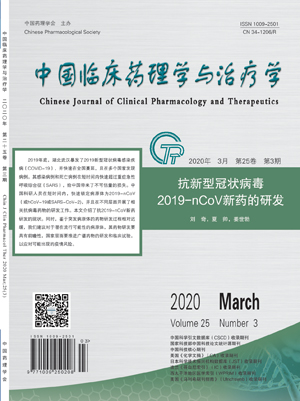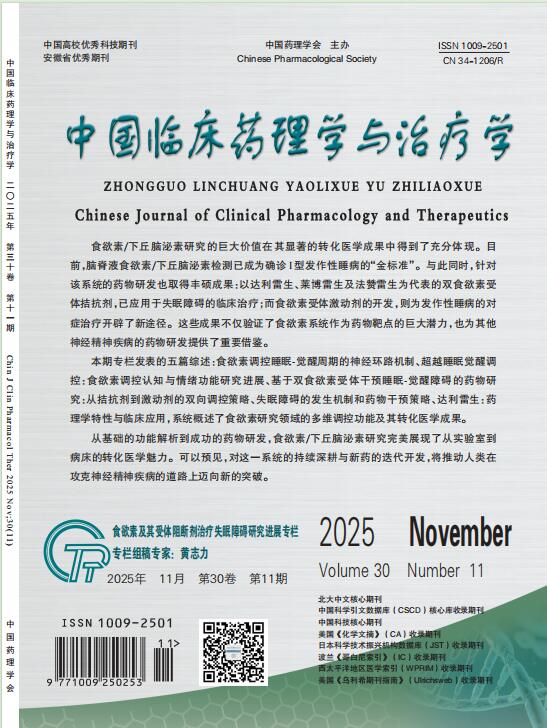In recent years, researchers have shown great interest in the mechanism of induced programmed cell death (PCD) in tumor cells. Pyroptosis is a newly-discovered programmed cell death, which has a proinflammatory effect and is accompanied by cell pore formation, cytoplasmic swelling, cell membrane rupture, and release of cytoplasmic contents into the extracellular environment. A large number of studies have shown that pyroptosis is closely related to the occurrence and development of various diseases such as cancer. Currently, gasdermin family mediate cell pyroptosis, due to gasdermin D and gasdermin E are two molecules that are extensively studied in pyroptosis. This article mainly explores the relevant mechanism of these two proteins and their relationship with cancer, which will broaden our understanding of new insights to cancer and provide a new perspective on cancer prevention and treatment.


